
Lightning Decision Jam (LDJ)
It doesn’t matter where you work and what your job role is, if you work with other people together as a team, you will always encounter the same challenges:
- Unclear goals and miscommunication that cause busy work and overtime
- Unstructured meetings that leave attendants tired, confused and without clear outcomes.
- Frustration builds up because internal challenges to productivity are not addressed
- Sudden changes in priorities lead to a loss of focus and momentum
- Muddled compromise takes the place of clear decision- making, leaving everybody to come up with their own interpretation.
- In short, a lack of structure leads to a waste of time and effort, projects that drag on for too long and frustrated, burnt out teams.
Replace all open discussion or brainstorming with a structured process that leads to more ideas, clearer decisions and better outcomes.
Goal
Uncover and solve problems without unstructured discussion
Materials
Instructions
Step-by-step guide
1. Start on a positive note Time: 10 min
Preparation
If you are running an in-person session, start by creating a sailboard canvas on the whiteboard: draw a big square and split it horizontally in the middle by a wavy line. Make sure there’s enough space for a good number of sticky notes in each half of the square, depending on the group size.
The wavy line represents an ocean’s waterline. On top of it, draw a sailboat with billowing sail in the top half of the square, and an anchor that hangs down below the water in the bottom half of the square.
The top half of the square (with the wind in the sail) represents things that are working well, and the bottom half (the anchor) represents problems, challenges and things that are holding us back.

Step-by-step guide
1. Start on a positive note Time: 10 min
Running the exercise
Before we focus on challenges and problems, we want to have a nice and easy start by collecting everything that works well. This helps set a positive mood and gives the team room to share and celebrate successes, and also serves as a warm-up.
Start by framing the topic of the session briefly.
Now, everybody in the team works on their own and in silence, without discussion.
For the next 4 minutes, each participant writes down and collects everything that works well, in regards to the topic of the session, each item on a new sticky note.
Encourage the team to try and write as many items as possible. These can be anything from “the team gets along well” to “the quality of our designs lately has been really high” – really anything that people are happy about and want to continue.
Once the 4 minutes are up, each participant will have a pile of sticky notes in front of them, and the group will take turns to present their positives back to the group.
To get started, the facilitator picks one participant to start presenting their positives and sticking them to the top half of the sailboat canvas, while briefly reading out each sticky note. Each participant has about 1-2 minutes to go through their sticky notes and place them on the sailboat.
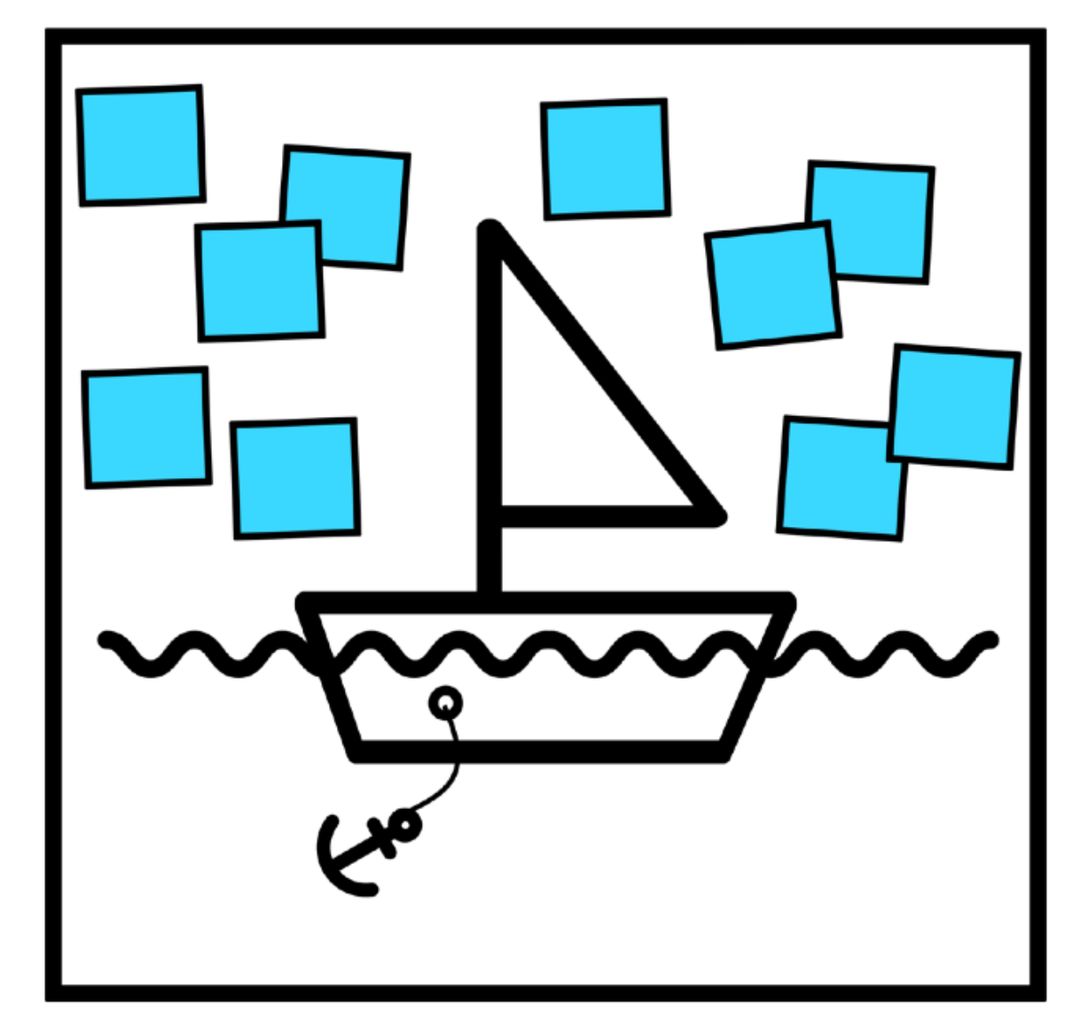
While each participant presents, nobody else in the group is allowed to speak or interrupt, unless they don’t understand something and need to ask a clarifying question. Make sure this doesn’t spark any discussions.
Going forward, the positive sticky notes won’t be used anymore, as they have served their purpose well - to set up the stage for the rest of LDJ in a positive way and to warm up the group.
2. Capture problems Time: 5 min
Now, everybody spends 4 minutes to collect all problems, frustrations, mistakes or concerns that come to mind in regards to the topic. Use one sticky note per item.
Like in the first step, we do this together, alone - everybody works on their own and in silence. Encourage the team to try and write as many negatives as possible.
These can be anything from “I don’t feel like we’re making progress” to “I feel like project X is getting more attention than my project”, really anything that bothers us.
This time, the team does not read out their sticky notes. This way, we avoid anyone feeling attacked or put on the spot. We let the sticky notes speak for themselves.
Instead, when the 4 minutes is up, the facilitator tells everyone to place all their sticky notes in the bottom half of the sailboat, at the same time.
This should take about 1 minute.
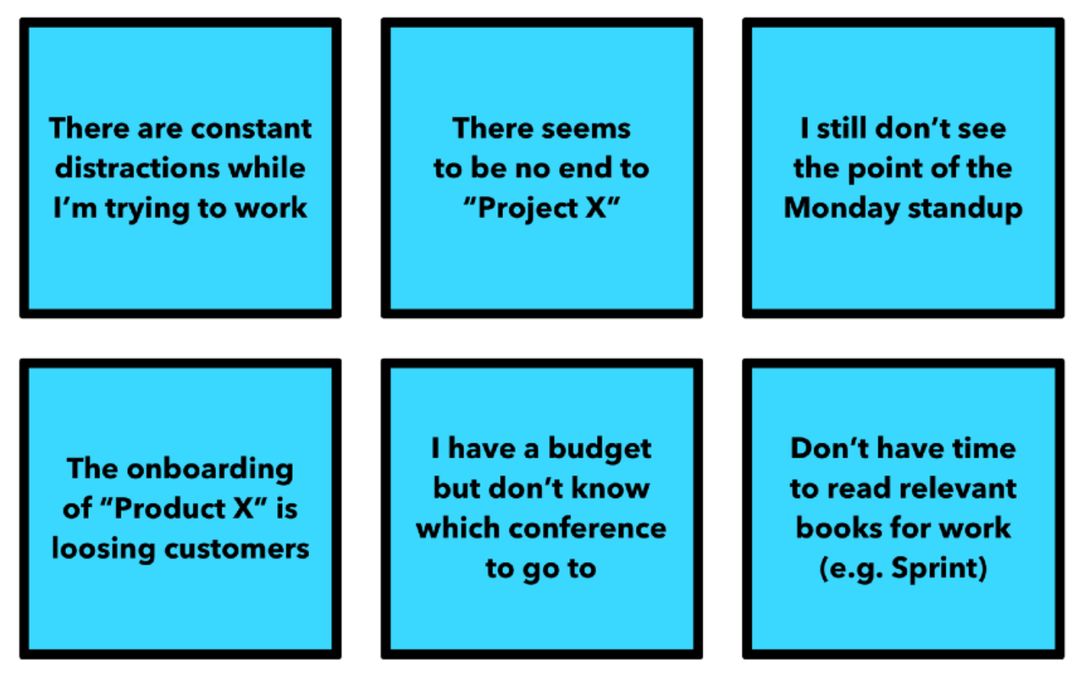
3. Prioritise problems Time: 3 min
Now, everybody votes on the negatives they consider to be most important and relevant to solve, individually and without discussion.
Everybody gets 3 votes as dot stickers. Don’t vote on positives, only on negatives. They can vote on their own sticky notes and can also put more than one sticker on a negative, if they feel strongly about it.

Once the 3 minutes is up, the moderator quickly takes the voted problems and arranges them in order of priority. Usually this takes the approximate shape of a Christmas tree or triangle:

4. Reframe Problems as Standardised Challenges — 3 mins
Now, the moderator reframes the top-voted problem as standardised challenge that helps the group to come up with a mass of solutions.
We will phrase the challenge as “How Might We” (HMW) questions.
The phrasing might sound weird, but it’s a very useful technique to frame challenges that is used by P&G, IDEO, Google and Facebook. Here is what it means:
- HOW assumes we can take action and find solutions.
- MIGHT suggests there is more than one possible solution.
- WE suggests that we work together and build on each other’s ideas.
Let’s look at an example. The top voted sticky note here says “I have no idea what’s happening on project x”. Because many people have voted on it, we can see it’s clearly an issue many people are having.
Rephrasing the sticky note as “How Might We” allows us to turn it into a question that people can find answers to, without already prescribing a solution. Here is how that problem might be rewritten into a more general challenge:
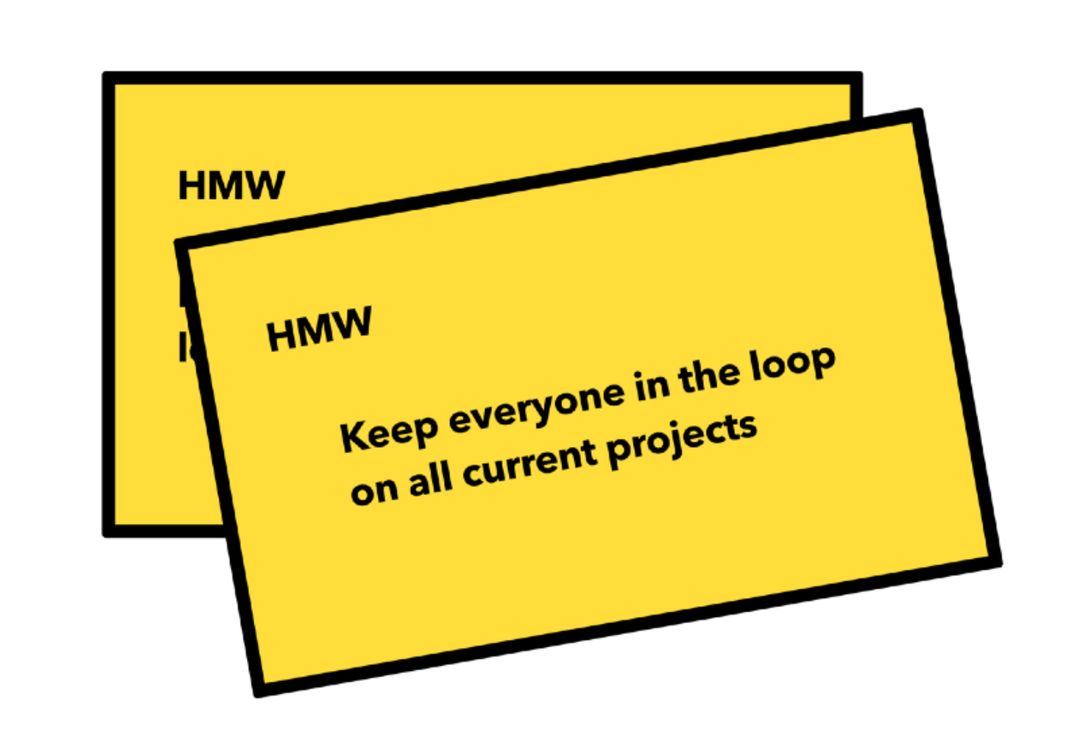
Optional:
If you’d like to find solutions to more than one challenge, repeat this step for all prioritised negatives. Work your way down from the problem with the highest number of votes, turning each of them into a separate HMW.
Be aware that the more challenges the group works on, the more you dilute the group’s focus on the highest-voted negative. This is why we recommend ignoring all negatives with just one vote, and having a maximum of 4-5 challenges.
Any problems you decide not to solve now can go into a problem backlog and can be looked at on another day.
Once you have rephrased all negatives as HMWs, continue with step 5.
5. Ideate a mass of solutions Time: 6 min
Place the HMW sticky note where everybody can see it.
Now, each team member is given 5 minutes to write as many potential solutions to the HMW as possible. This is done in silence, without discussion, to ensure that we get a broad range of individual viewpoints. Use one sticky note per idea.
The facilitator should tell the team that we are aiming for quantity over quality – we can curate later. It’s better to have a mass of half- baked ideas, with one or two good ones, than just a handful of mediocre ones.
Solutions don’t have to be written in any particular format, but people must be able to understand them from reading them alone, as they will not be presented. This ensures that each idea is judged on its own merit, not by who the best presenter in the group is.
Once the 5 minutes are up, everybody places their sticky notes to the working area (whether it’s a wall, a whiteboard, a window, or a digital canvas), without any discussion. Do this quickly, there’s no need to be neat or sort them. Just make sure they don’t cover each other and remain readable.
This should only require 1 minute.
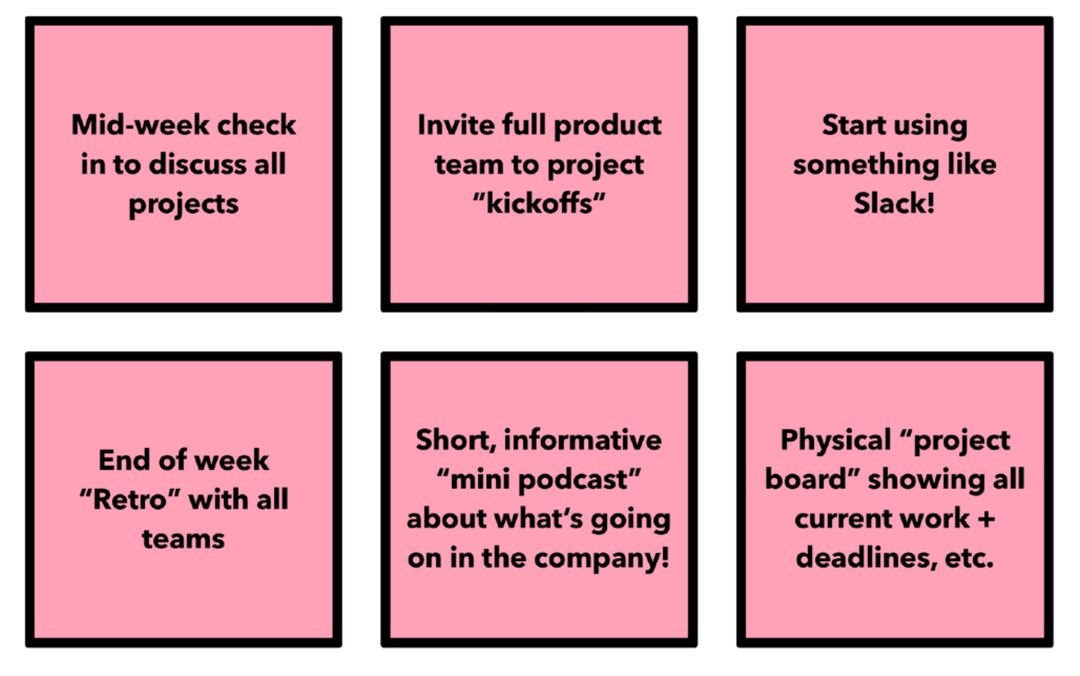
6. Prioritise solutions Time: 5 min
Here we do another round of voting.
Each participant has 6 dot stickers and 4 minutes to vote on the solutions they think would best solve the HMW.
Once time is up and everybody has had a chance to use all of their stickers, the facilitator sorts and reorganises solutions by their number of votes. You can ignore anything that only got one vote.
You will now have something that looks like this:
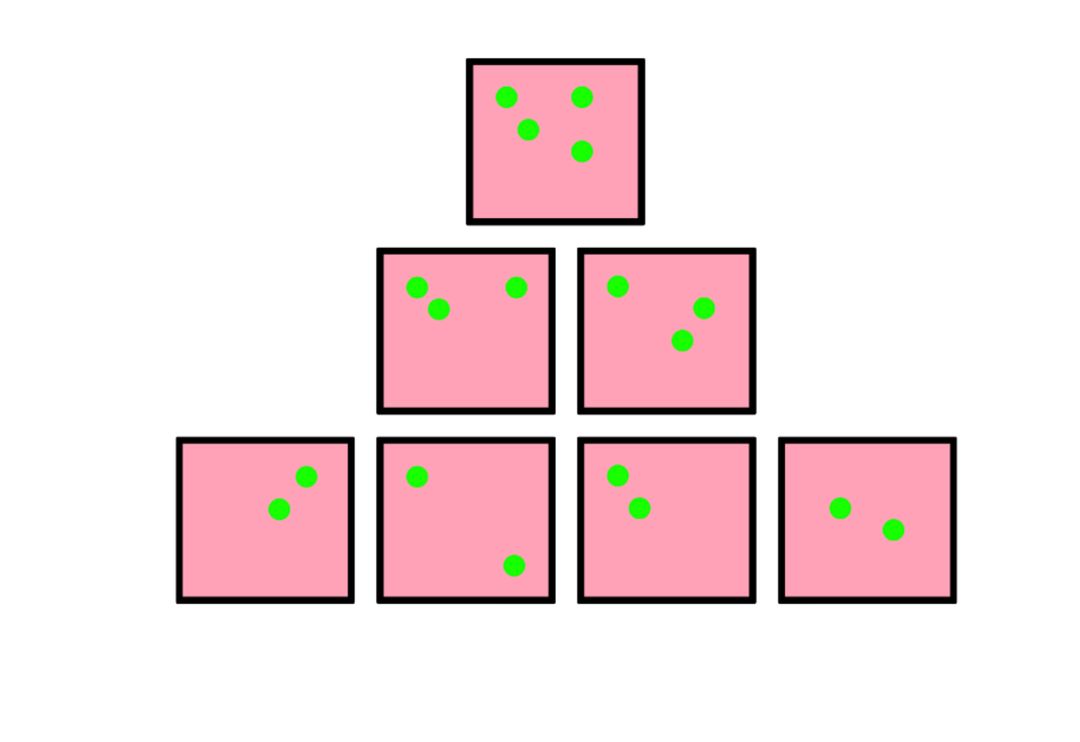
7. Decide what to execute on — 10 mins
For this part of the exercise we need to create an Effort/ Impact Scale. This is a square box that is bound by two axes at the left and bottom edge.
The horizontal “Effort” axis that runs along the square’s bottom edge estimates how much time and work we need to implement the idea (from “very little” to “a lot”).
The vertical “Impact” axis along the left edge is the magnitude to which we think the solution would fix our problem (from “not at all” to “completely”).
Then, draw two lines through the middle and centre of the square to slice it into four quadrants:
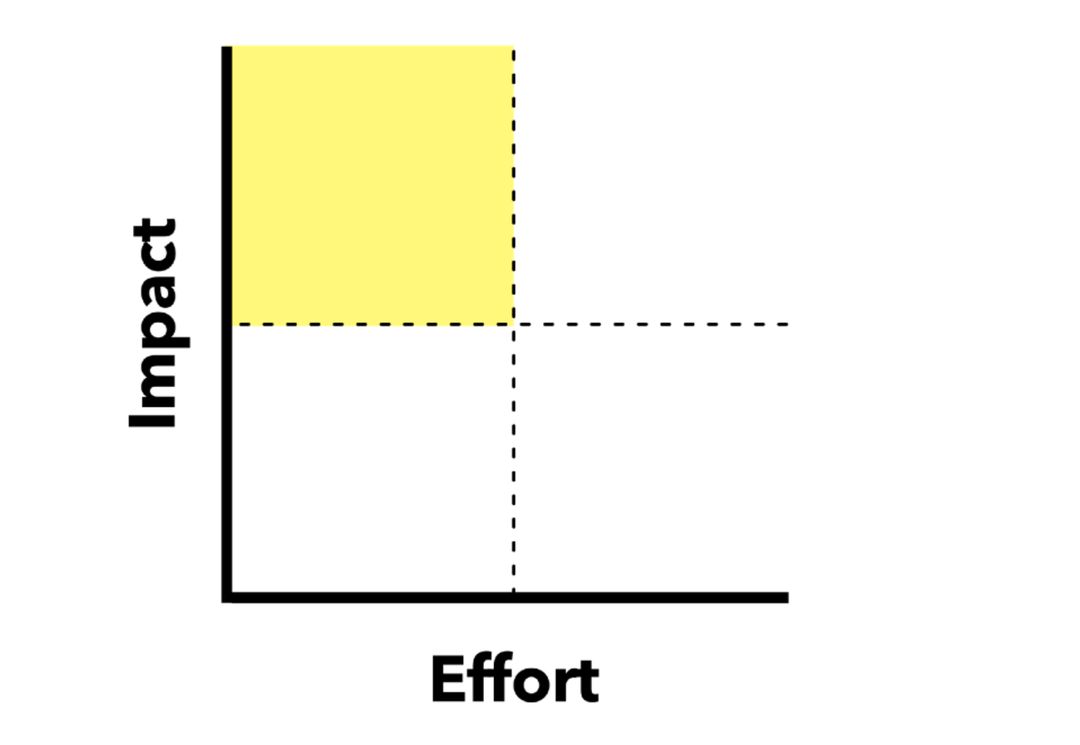
Running the exercise
Now it’s time to decide which solutions offer the biggest “return on investment” with the least amount of time and effort.
To ensure that you utilise your time efficiently, use the Effort/ Impact scale to determine which solutions you should implement right away, which should be turned into a bigger project, and which you should shelve for now.
As a facilitator, you need to be ready to step in and manage the group at this point, as this is the moment when discussion tends to open up.
The facilitator now takes each solution, starting with the highest voted one, and adds them to the Effort/ Impact Scale.
Here’s how it works:
Start with “Impact”:
a. Take the sticky note with the top-voted solution...
b. ...hover it over the centre of the Effort/ Impact Scale...
c. ... and simply ask “is the impact higher or lower?”The facilitator then moves the sticky note up or down the “Impact” axis until the team members are happy with the placement. Often some small discussions break out here, so the moderator has to be diligent in finding a consensus and stopping any conversations extending past 20 seconds. The placement on the axis doesn’t have to be perfect, an approximation is fine. The important thing is what quadrant the sticky note is in!
Once the impact has been determined, use the same method for “Effort”, asking “Is the effort higher or lower?”
Repeat the process for the other top-voted solutions
Move the sticky note left or right, until the group is happy with the placement.
Once the top voted sticky-notes have been added to the scale, you’ll have something that looks like this:

When you look at the yellow “sweet spot” on the top left, you have a clear view on which high impact solutions can be executed on and tested very quickly.
On the top right quadrant, you can see high impact solutions that will take more time and effort.
You can now mark all sticky notes in the top left quadrant with a contrasting dot so we can identify them later.
Here’s a simple way to categorise and define each of the four quadrants to help you decide how and when to action all the top solutions:
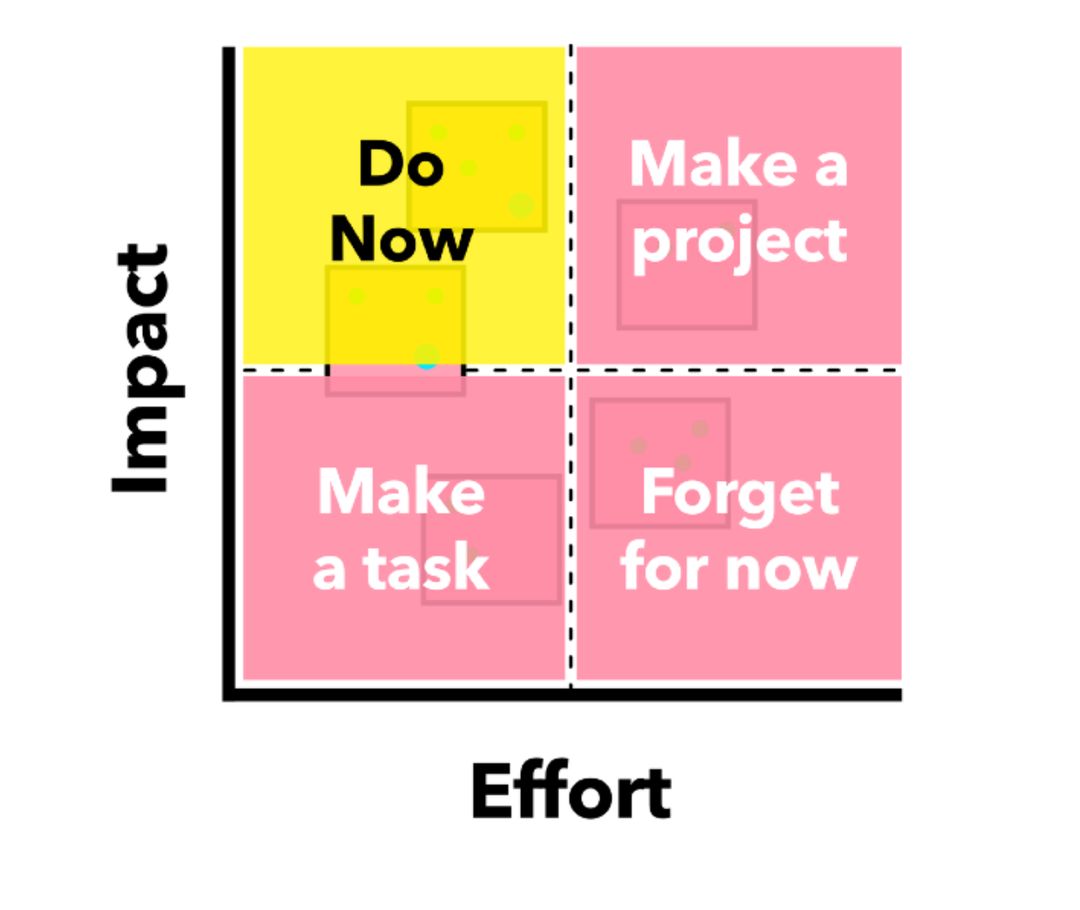
9. Make solutions actionable Time: 5 min
The facilitator now takes the solutions in the Effort/ Impact Scale’s “sweet-spot” quadrant and asks the team to come up with three action steps for testing the solution.
The person who wrote the solution can start with a suggestion. Alternatively, each participant can write their three action steps on individual sticky notes and have the group decide on the key steps through voting.
Don’t overthink it. The action steps shouldn’t outline the entire solution. A small version to test and validate the idea is sufficient at this stage!
The first step should be something easy and frictionless, something which can be done right after LDJ is over. This also utilises the momentum of LDJ and motivates people to get the ball rolling.
A good guiding principle is that the action steps should take no longer than one to two weeks until completion.
Here’s an example: When we ran LDJ on how we might evangelise Design Sprints and make them more popular, we came up with the idea of a free meet-up event where we introduce the process to people who work in tech companies.
The first step was incredibly simple - we sent an invite to all our contacts in the Berlin tech scene, including a time, date and rough agenda.
This took very little time and effort. It was just an email! But even without having done any real event planning yet, or renting a venue, or buying drinks and snacks, we had generated a huge amount of interest and created a deadline for ourselves.
At the end of the week, we held our first event with 30 people at our own office. Eventually, this small MVP of the initial idea turned into a very successful series of events that we ran for two years, and that eventually became the core of our Design Sprint training.
Once the group is committed to action steps for a solution, capture them on rectangular sticky notes and place them next to the solution idea:
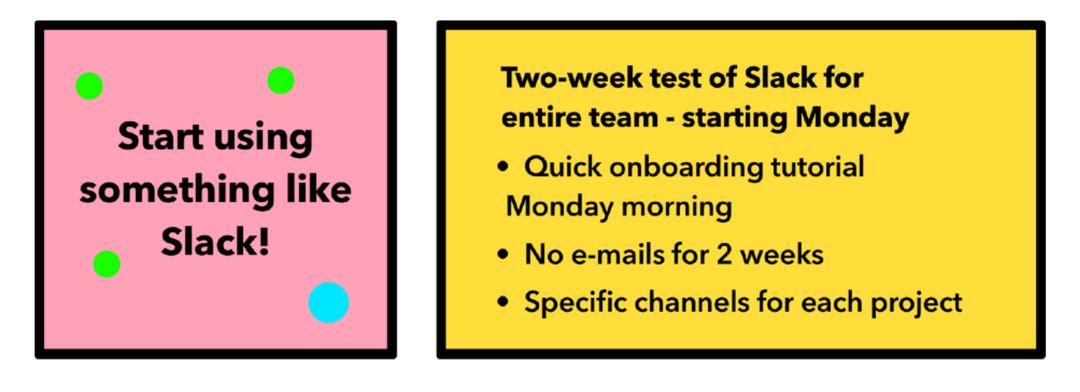
At the end, document the results of LDJ, either by taking photos or digitising them, and assign each solution to one team member who will be responsible for executing the action steps, either alone or with the help of their teammates.
After LDJ
Once the team runs off to execute on each solution, you should schedule short, individual check-ins with each responsible team member so they can give you quick status updates.
These check-ins should not take longer than 10 minutes and really just consist of each responsible person describing what action steps they have completed, what they are working on now and if they have encountered any blockers they might need help with.
You should be careful to give the team the space to do their work undistracted, so schedule these meetings accordingly, either in the morning or at the end of the day, or give them the option to email or slack you a few bullet points as a summary.
After one or two weeks, bring the group back together and run another LDJ as a retrospective on the progress and results. You can run it exactly like the first one, you just need to specify the topic. For example, you could ask “What happened with the results of the last LDJ?” and let the group collect positive results and successes, negatives and obstacles. This way, you keep up the momentum and build a routine of running LDJs with your team.
Don’t get discouraged if some solutions end up not having the impact everybody hoped for after a few weeks. Not every solution will fix the problem, but that’s the nature of experiments - you learn through failure, and that’s a good outcome! It’s better to fail fast and change direction than to not get started at all. You have invested very little time compared to what you would have lost due to inertia.
The important thing is to build momentum and get the team used to having a bias towards action, instead of overthinking and endlessly discussing everything.
If the problem still persists, revisit alternative solutions or run a new LDJ on it.
As for the solutions that didn’t make it into the “sweet-spot”, you can put all high impact, high effort solutions from the top-right quadrant of the Effort/ Impact Scale into your backlog, so they don’t get forgotten. What you might see happening is that the sweet-spot actions actually end up solving problems in a way that the higher effort solutions become obsolete!
That’s it!
In a short amount of time, your team defined important challenges, identified potential solutions and prioritised what to execute on – almost entirely without discussions!
We use the same principles LDJ is based on for everything we do at AJ&Smart – from planning events, improving our office space, to designing new workshops.
Cutting out ineffective, circular discussions and replacing them with structured progress is a powerful way to boost a team’s productivity and happiness, and we want as many people as possible to experience a better way of solving problems.
So try out Lightning Decision Jam yourself and spread the word!
If you have any questions, or if you just want to tell us how you use LDJs, contact us on YouTube, Instagram or write us an email (hello@ajsmart.com)!
FAQ
Isn’t voting a flawed way to decide on the most important things to work on? Isn’t this like design by committee?
This is not a perfect system, but it’s 1000000000 times better than open conversation where nothing gets done, and people just concede to the loudest, most persistent person at the table OR walk away with nothing being done. Try it before you judge it, looking for holes in the system is just procrastination until you’ve done that.
Hey Jonathan, you nerd, is this sort of exercise only useful in Design scenarios?
Hell no! You can use this exercise for so many different things — and believe me, I do!
- Planning a team retreat
- Improving office environment
- Marketing/Awareness challenges (How might we get in touch with “INFLUENCER”)
- Sales (How might we increase client acquisition)
- Sex (How might we actually orgasm) — ok I had to put one joke in there. Come on!
Recommendation for playlist during the exercise
Tips for running this activity online
- Pick an online whiteboard tool that allows to use a large, zoomable canvas.
- Set up each topic at a different area of the board, spread them out just like you would do it on a the walls of a room.
- Invite participants to zoom in and visit each section and add their ideas as sticky notes once you reach that section of the exercise.
- If you’re not using an online whiteboard, we’d recommend using a collaboration tool such as Google Docs to collect the information for each step under a separate heading. Invite everyone into the document but be very clear in regards to editing rights.
- Use voting features such as Mural’s voting session tool during the dot voting process. You can also add comments inside Google Docs or ask participants to add a thumbs up emoji to an idea in Slack to collect votes when using those tools.
- When facilitating group discussion, we’d recommend that participants use non-verbal means to indicate they’d like to speak. You can use tools like Zoom’s nonverbal feedback tools, a reaction emoji, or just have people put their hands up.The facilitator can then invite that person to talk.
Background
This method was originally published by Jonathan Courtney on Medium.
Jonathan Courtney is the Founding Partner and Product Design Director of AJ&Smart Berlin. He gives cheeky, energetic product design workshops and talks around the world. Follow, or get in touch with him on twitter or instagram: @jicecream.


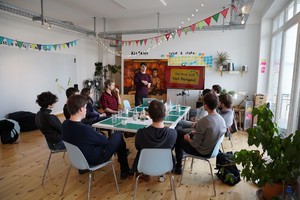












Comments (5) (4.8 avg / 4 ratings)
Overall I really like this process. I just worry about the bandwagon effect and vote-splitting in dot voting.
It is great to see how you set up the LDJ in Session Lab. It helped me to understand and use Session Lab by engaging with your example. I enjoy having inspiration to springboard off. I will let you know how it morphs. Thank you for sharing.
Just love It! Will use it for sure!
I am very happy I found this also here on SL, makes it easier to try it out! Thanks a lot for all your inspiring and free stuff!
Thanks for sharing it on SL, very practical.